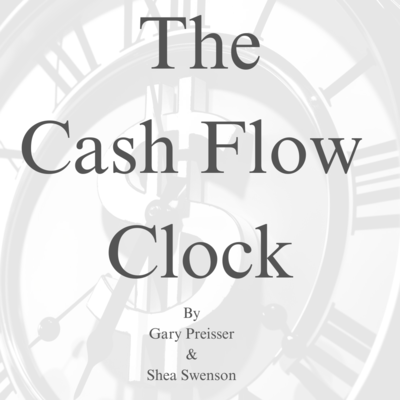The Cash Flow Clock: For Retirees - Book - Page 37

The Cash Flow Clock
Tax Planning Tools
Once we know what our tax liability will be in the future (and why), we can
make educated decisions on the best ways to reduce it. There are myriad
tools that can be utilized to reduce taxes for ourselves and our estate. For
the sake of brevity, let’s consider two of the most common.
Qualified Charitable Distributions
One of the best ways to avoid taxes is to give away our money. This, of
course, defeats the purpose of having money to begin with and is not worth
the tax benefits. However, if we are charitably minded, there are tax
efficient options that certainly can be worthwhile.
For most of our lives, donations to charity must be made with non-qualified
assets. Most use checking or savings accounts to donate. Donating nonqualified assets with unrealized gains (stocks, bonds, mutual funds, etc.) can
be more tax efficient because the tax we would have had to pay on the
growth gets eliminated. It is tax free to the charity and tax free to us.
While donating appreciated assets makes the growth tax free, the only way
to get a tax deduction on the principal that is donated is to itemize our
deductions on our tax return. Mortgage interest, property taxes, medical
expenses, and other costs can be deductible along with our charitable
donations. But itemizing our deductions is only beneficial if our total
deductions exceed the standard deduction. Currently, standard deductions
are really high (they will be reduced in 2026) so fewer taxpayers are
itemizing. Even if itemized deductions are a bit higher than the standard
deduction, the tax benefit of our charitable donations is minimal.
In order to maximize our itemized deductions, we can utilize something
called a Donor Advised Fund (DAF). These funds allow us to receive an
immediate itemized deduction for any assets we are planning to donate to
charity (any charity) in the future. These assets can grow and we can decide
when and how to donate them. The only downside is that we have to give
up control of these assets by transferring them into the DAF in order to get
the deduction. We cannot get them back for our own use or benefit from the
33